Managing Coworking: Building Brands, Building Experiences
Though evolving, flexible office still has a lot in common with hospitality. Here's what managers make of it.

Coworking is having a good year. Once a mere subset of office, the sector numbers more than 7,000 locations in the U.S. and increased 7 percent last quarter alone, according to a recent update from CoworkingCafe.
However, simply building out coworking suites, whether inside skyscrapers or old warehouses, will not automatically fill them up. The management strategy needs to account for the many types of coworking office workers, their specific wants and needs, as well as the importance of location, be it a WeWork in Manhattan or a Regus in Tulsa.
Meeting in the middle
Will Sandford, Yardi director of coworking, sees a distinct identity emerging from the ubiquity of hybrid work and the office being optional as a baseline for curating today’s coworking spaces.
“When coworking launched, it was very much an alternative to homes and cafes,” something exemplified by the nation now having “a more transient workforce than ever before,” Sandford told Commercial Property Executive.
READ ALSO: As Office Pipeline Shrinks, Existing Class A Buildings Should Benefit
So what makes up this transient workforce? In Sandford’s observations, these users vary widely, ranging from a visitor to a town needing a single day to companies allocating space for an A-team or a test space for a satellite office expansion.
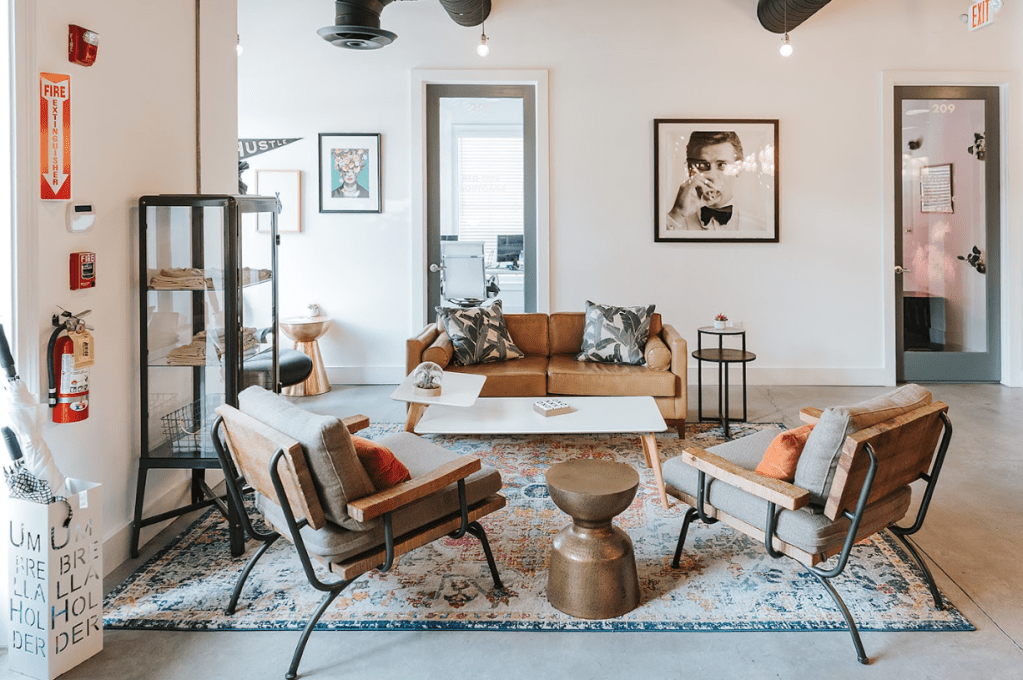
As for location, operating spaces in the suburbs and smaller cities can prove a winning strategy now, seeing as the outskirts recorded an expansion of nearly 9 million square feet nationwide in the past year, according to CommercialEdge data.
“Folks working in Manhattan are now working out of Bozeman, Mont.; Charleston, S.C.; or Greenville, S.C.,” pointed out Chris Smith, chief revenue officer at THRIVE | Coworking, a firm whose footprint is focused around suburban markets in the South and Midwest.
Still, they all operate with a similar mindset; “This mass migration took place, and now, after people started working in their homes, (they) became lonely, they need human interaction and that’s what we provide,” Smith said.
As such, coworking spaces don’t only compete with each other but with the living room, as well.
The hotels of the office sector
When it comes to design, programming and amenities, the prevailing mindset is closer to hotels than office buildings. The often-shorter stays, diverse array of users and more streamlined working experiences, in contrast to single-tenant suites, give users a certain brand-based expectation. Think of Workbox and Quest Workspaces as more like Hilton vs. Marriott than JLL vs. Colliers.
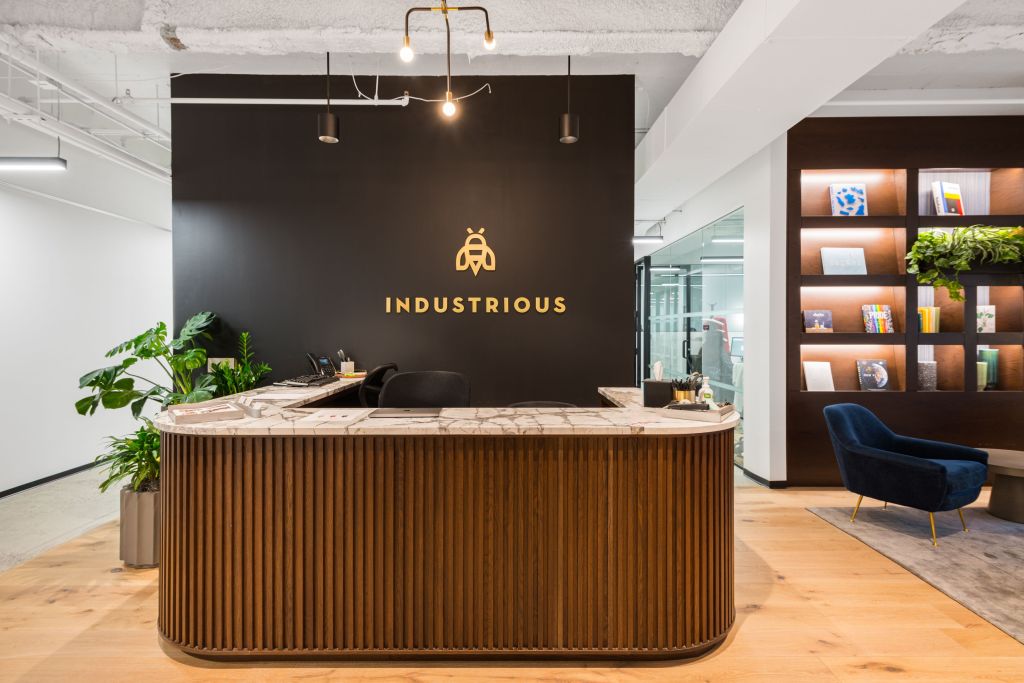
“As we have more people coming into the market and (putting) demand on capacity, they will start to create favorites, and those favorites will start to align with the original communities that would build for the permanent members in those spaces,” Sandford observed. As with a hotel, a positive experience with the spaces and staff can create a certain degree of brand loyalty.
To earn this loyalty, coworking property managers should seek to include a consistent array of on-site activities, events, and food and beverage offerings, akin to a hotel brand providing similar amenities at all locations. This contributes to the more intangible elements of the experience, such as the ability to communicate and collaborate with other users, that helps brands truly stand out. THRIVE | Coworking locations, for example, offer unlimited coffee and snacks for members.
“(It) creates that water cooler talk opportunity to just really get to know and collaborate,” Smith said. “Generally, the value that people find is they end up working with other members in our space. You need some legal work done? Yeah, we have a law firm down the line, with John that you just shared breakfast with the other day.”
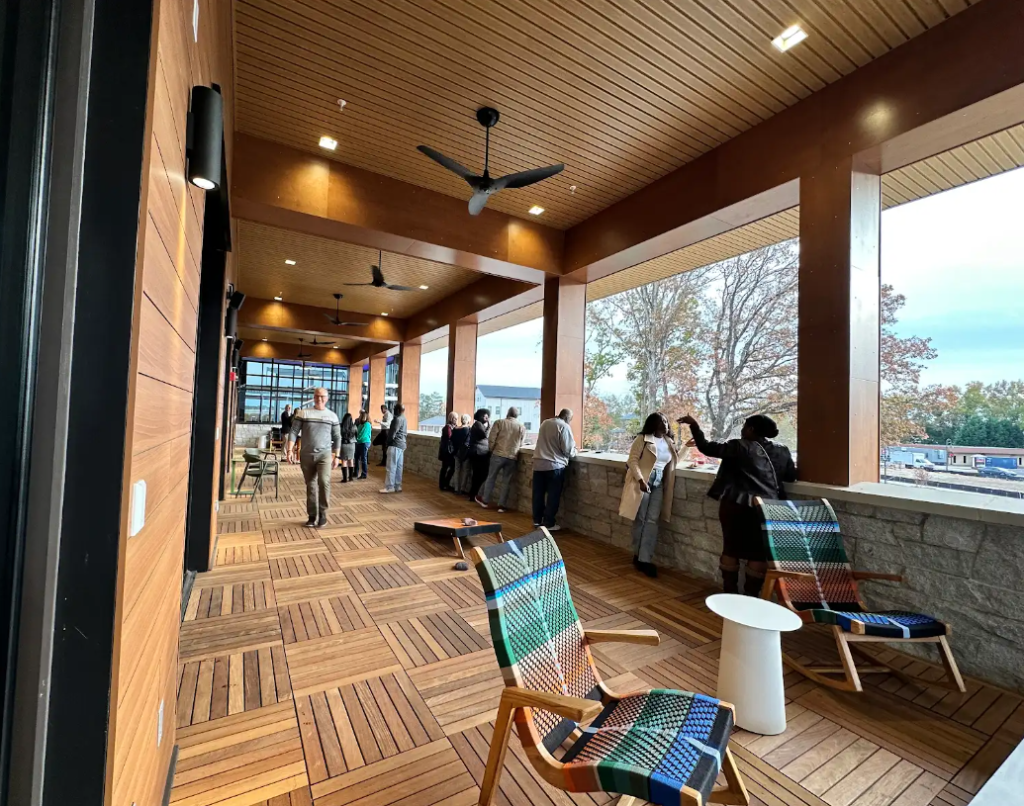
For John Arenas, CEO of Serendipity Labs, the intangible upsides, namely the level of customer service, alongside the community element, help a brand stand apart as much as the amount of natural light.
“You can manage a location, but if you can’t generate demand and find new customers, then you are really not a brand, and the brands attract customers,” Arenas pointed out.
As for actual work experience, a versatility of space arrangements is key. Evan Fain, general manager at Industrious, underscored the importance of having the right ratio of individual and shared workspaces, alongside spaces to focus on either heads-down or creative work. Industrious both operates coworking spaces nationwide and manages tenant experience programs for office investors.
In fact, using booking software, coworking operators can measure how a given space arrangement, strategy or amenity offering is performing in real time, across a portfolio. “When we think about the operations of our space, we focus on it as a hospitality business; we are data- and metrics-driven about how we drive toward the customer experience,” Fain detailed.
Customer service: A host of challenges
As with hotels, coworking operators can have the best-curated and amenity-driven locations, but it means nothing without attentive and responsive on-site staff. Fain’s firm, for instance, operates with more than 100 different hospitality standards in place, and consistently monitors real-time foot traffic and event attendance from its booking software.
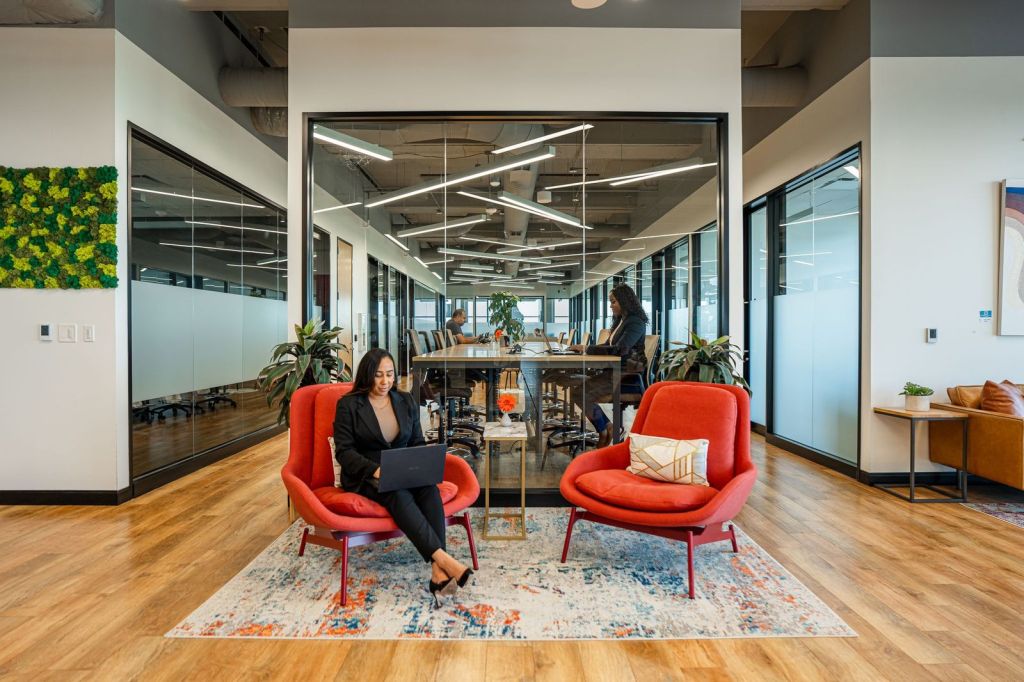
Here, ease of access is paramount, with the selling point of most coworking spaces being that they are essentially offices imagined as a commodity, or often an amenity of office buildings in their own right.
“(Tenants) don’t need to worry about really anything except for having access to the building,” Smith said. Secure, reliable internet, fast work order fulfillment and immediately implementing feedback into operations are a must, as users can simply pack up and go to a new space, rather than break a lease. Or just work remotely.
Customer service can also often involve more mundane elements of traditional property management, some of which are exacerbated by the fact that each individual space is often occupied by many different users. “(This) means that you have not just a single person as a receptionist out front checking people in but a team that is ensuring that experience across all those dimensions of safety and security compliance,” Arenas added. “That’s everything from member experience management checking and using the facilities—whether it’s meeting rooms, (the) booking system or booking tools for using the resources to access control—to check-in security.”
Meanwhile, operators and the owners they serve still have traditional office challenges. While most of the space’s revenue comes from short-term uses, many spaces are located inside larger office buildings and are subject to long-term leases.
“When you sign a long-term lease but you have short-term membership agreements, your revenue is short term. It tends to break over business cycles,” Arenas said.
In the end, it’s far more than enforcing a lease or conducting inspections. “This isn’t just pretty office space with friendly faces greeting you—it’s actually an outsourced workplace,” he concluded.



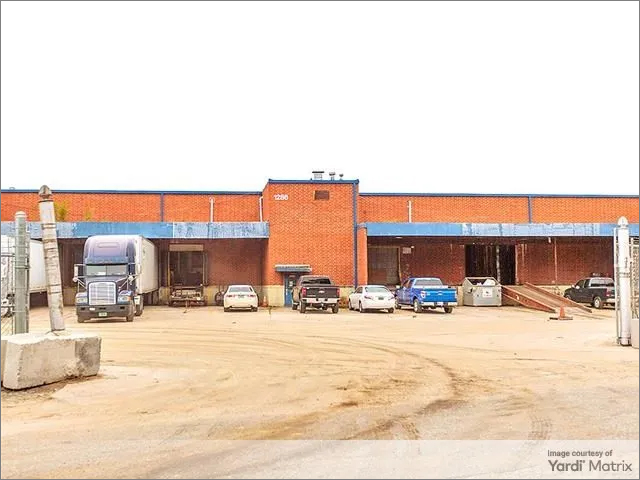
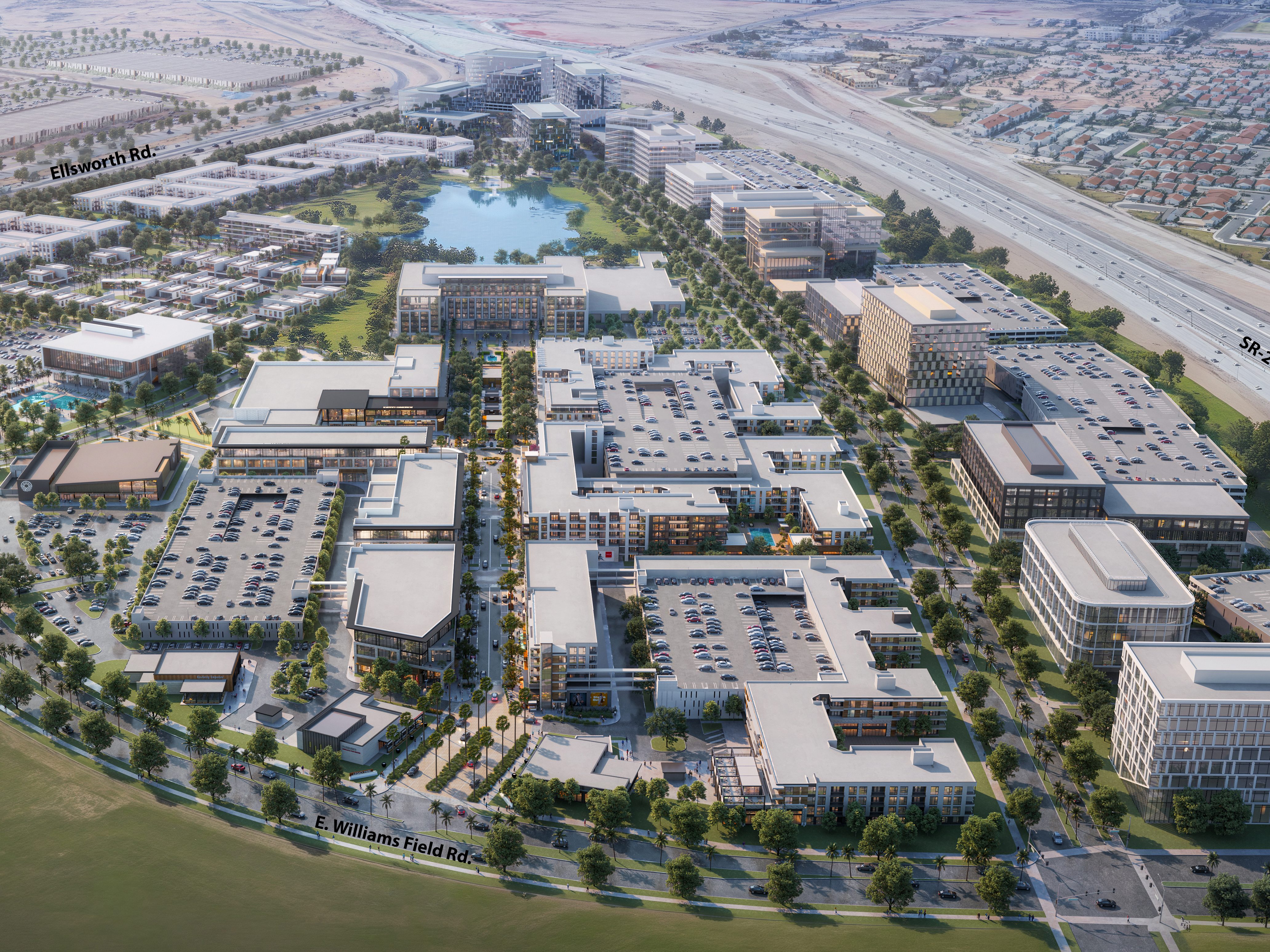
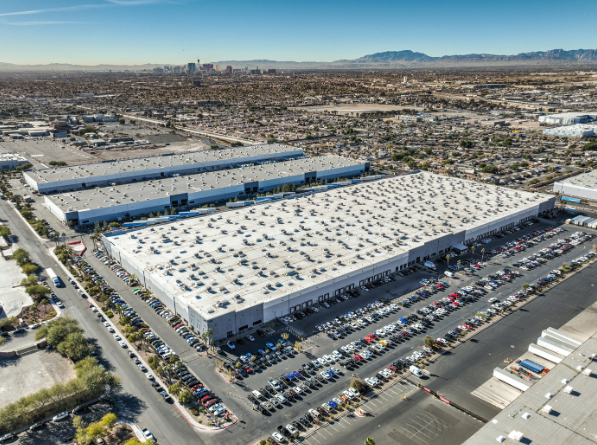
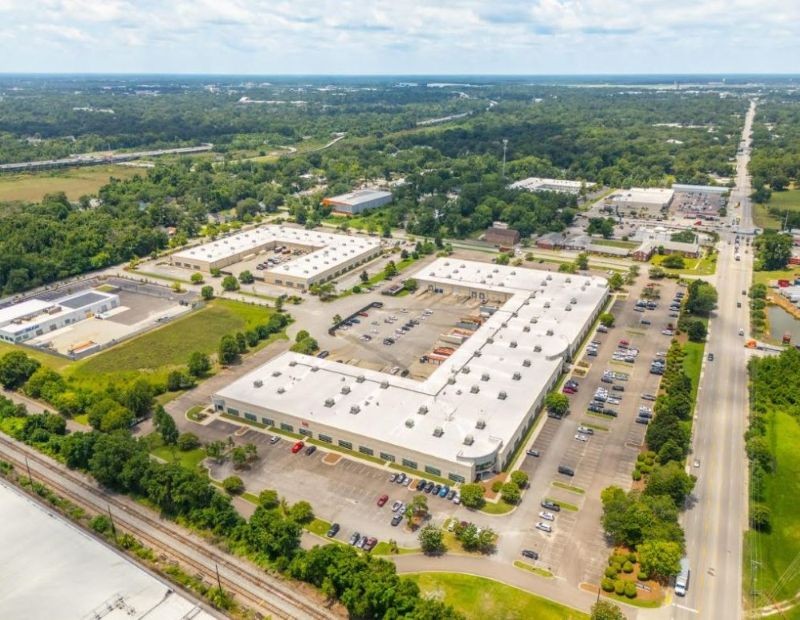
You must be logged in to post a comment.